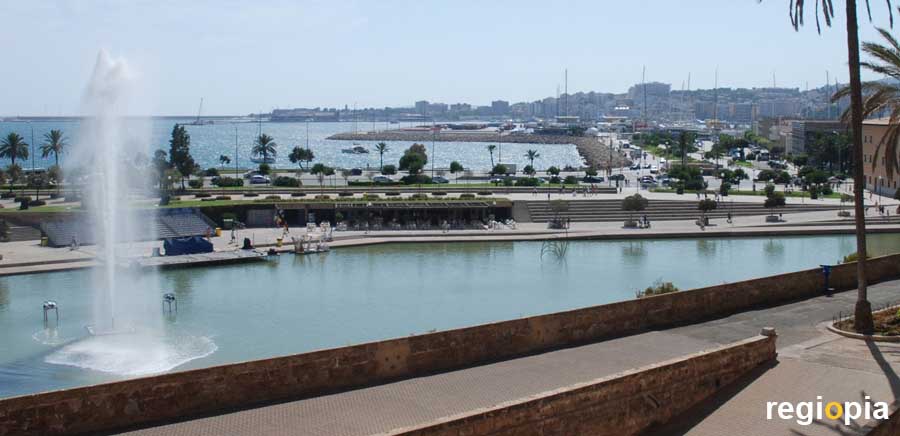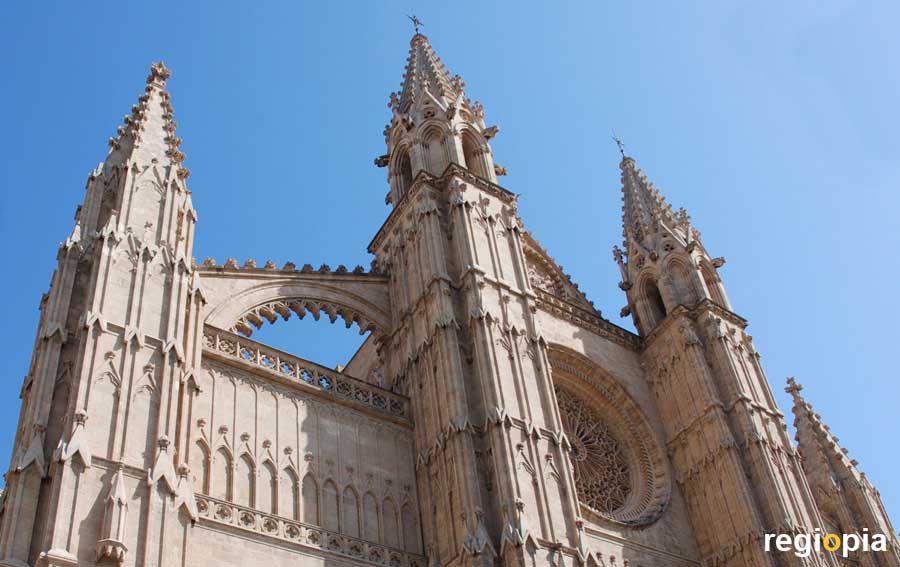
Cathedral La Seu
After Palma de Mallorca was conquered on 12.31.1229 by Jaume I, a few days later construction of the cathedralon begun on the foundations of the former mosque. The Gothic nave was completed in the 16th century while the facade was not completed until the 20th century.
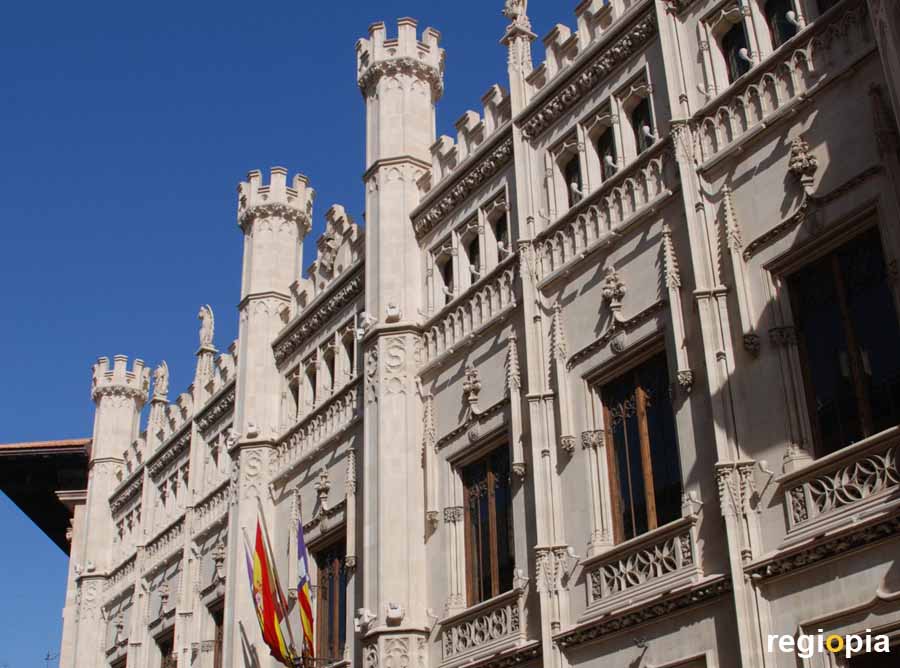
Ajuntament de Palma
The city hall of Palma was built in 1649, it is a beautiful baroque building at the Plaça de Cort. The wide cantilevered roof of dark cedar wood is unusual. Just around the corner, there is the neo-gothic Consell de Mallorca (photo). It was the administration building of the Kingdom of Majorca until 1718.
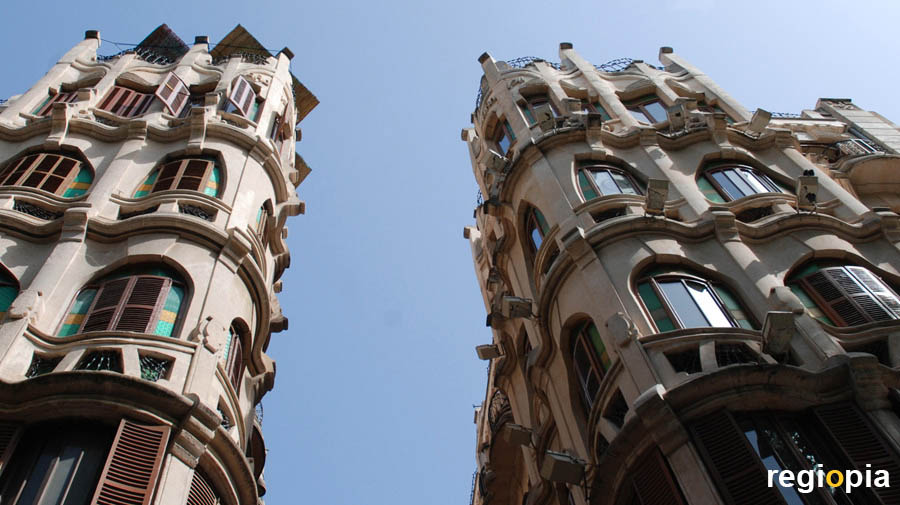
Modernismo
In Palma, there are beautiful buildings of the Spanish Art Nouveau, the "Modernismo". The architect Francesc Roca built the two houses on the Plaza del Mercat in 1911. The houses "Can Casasayas" and the "Pension Menorquina" have uniform facades and are separated only by a narrow lane.
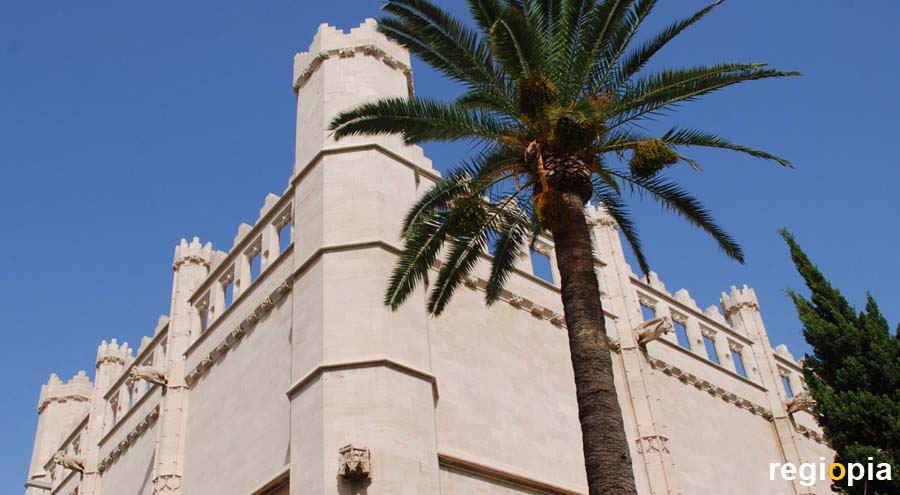
Llotja de Palma
"The Llotja de Palma" was originally built as the seat of the sea trading exchange. Later it was used as warehouse, armory and museum. The Gothic Llotja was built between 1426 and 1447. It is the predecessor of the famous "Lonja de la Seda" in Valencia.
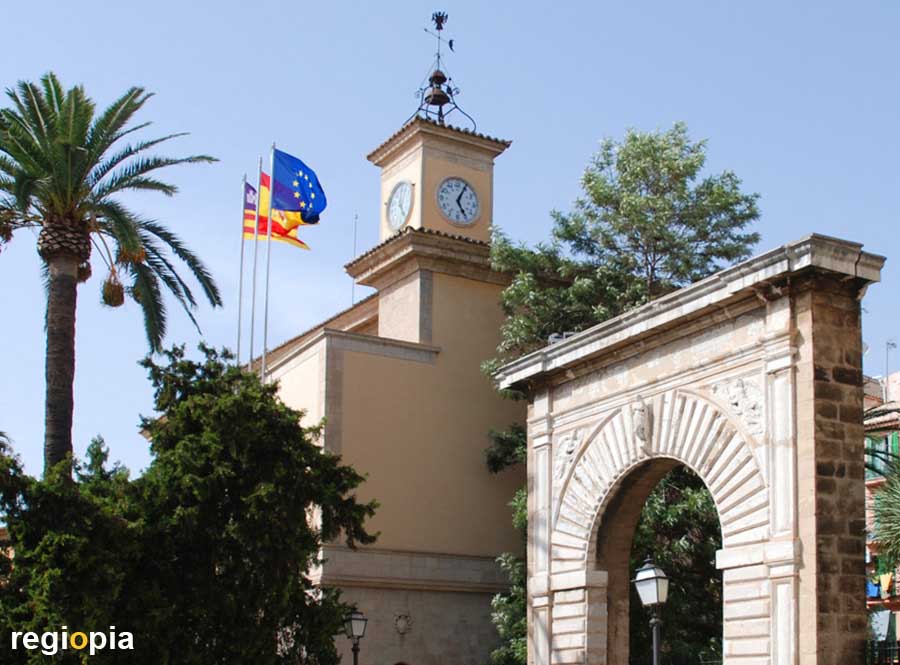
Consolat de Mar
The "Consolat de Mar" was founded in Barcelona, it was the Tribunal for the Law of the Sea and a lobby group of the merchant fleet. The Consolat de Mar could independently administer justice therefor they had to support the "King of Aragon" on the battlefields in the Mediterranean.
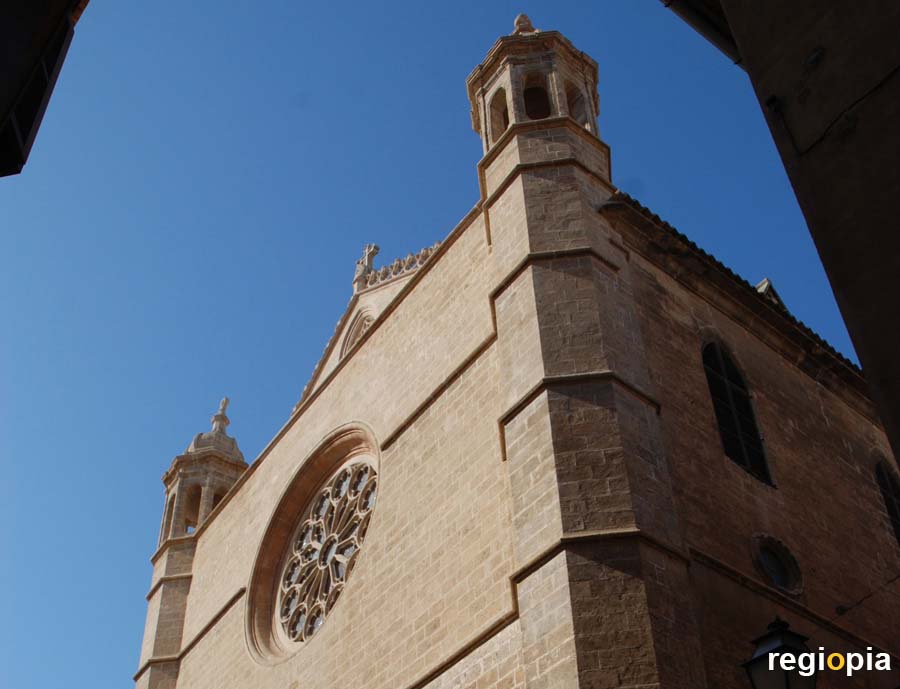
Convent Sant Francesc
The Franciscan Order built its first church in Mallorca in 1281. Later the monastery was expanded and received a Gothic cloister. The simple natural stone facade of the "Convent Sant Francesc" was built in the 17th century.
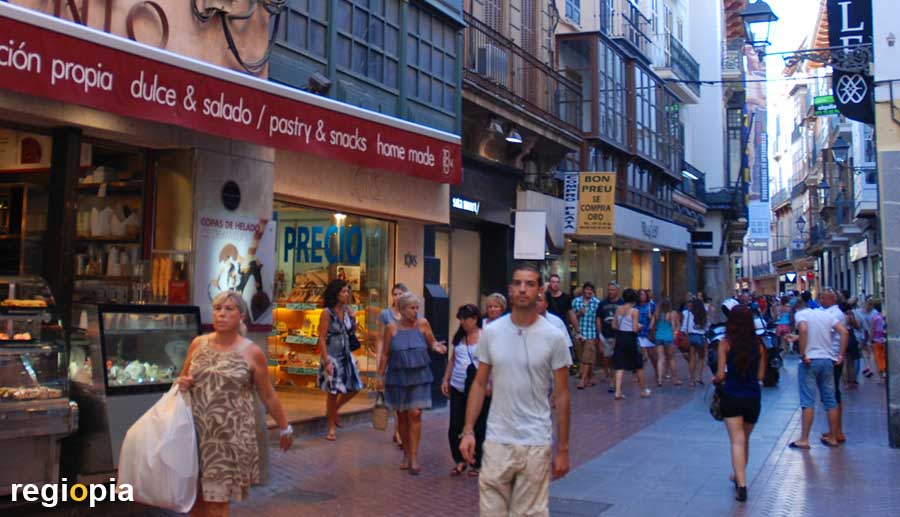
Carrer de Sant Miquel
The main shopping street of Palma connects the "Plaça Major" with the "Plaça d 'Espanya", where the train station is located. From the shaded pedestrian zone you can also get to the market hall "Mercat de l'Olivar". On the "Carrer de Sant Miquel" there are two beautiful churches and the museum "Fundació Juan March".
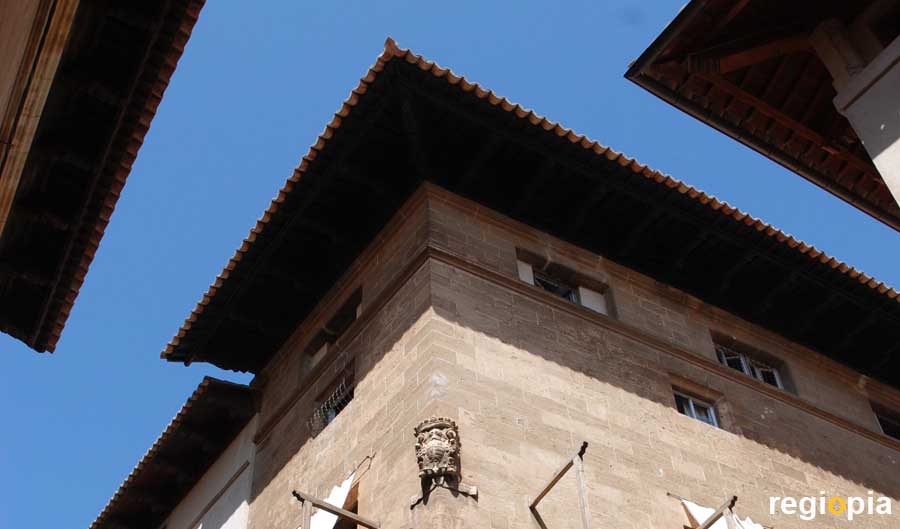
Hiscoric centre of Palma
Palma has a well preserved town center, with many nice old streets. East of the cathedral are medieval buildings, with wide cantilevered roofs and clear shapes. However, most buildings in the old town are not as old as they look. Most houses where built between the 17th to the 19th century.
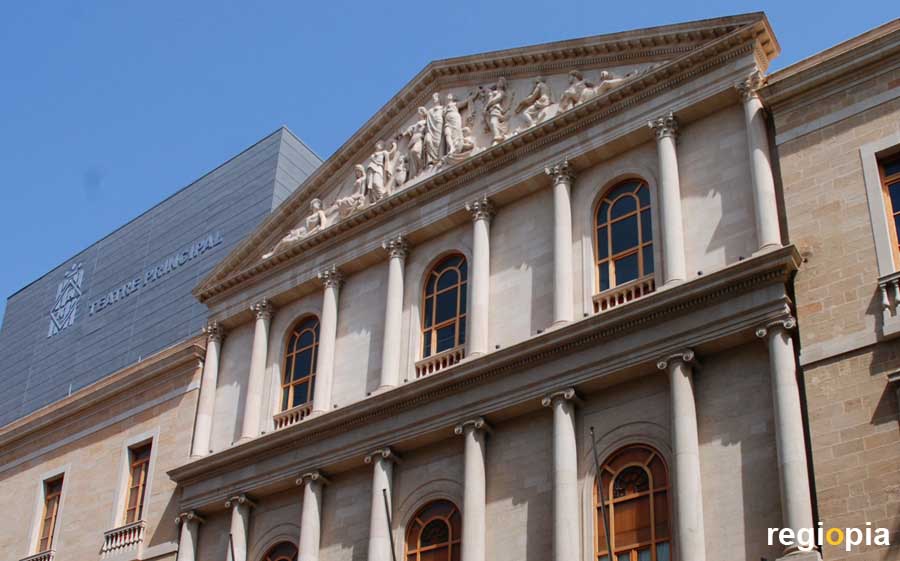
Theatre Principal
The Theater of Palma was opened in 1667. After the house was temporarily used as a royal residence, the building was used as theatre again in 1854. In 1858 the theater burned down and was reopened in 1860. The last conversion took place in 2007.
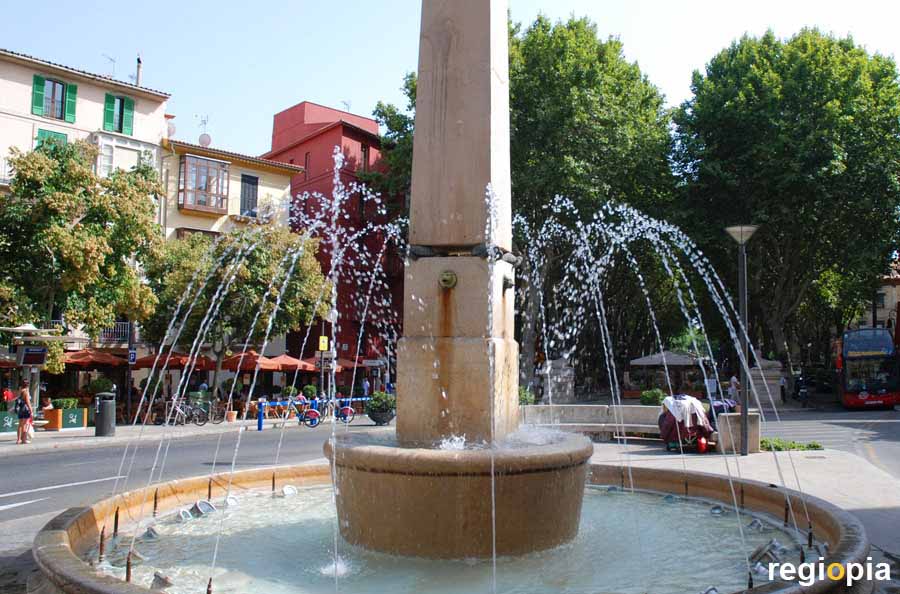
Passeig des Born
Similar to the Rambla, the Passeig des Born is also a beautiful alley with a wide sidewalk in the middle. However, there are numerous shops on both sides of the street. At the northern end is the Plaça Rei Carles I with a small fountain.
ads
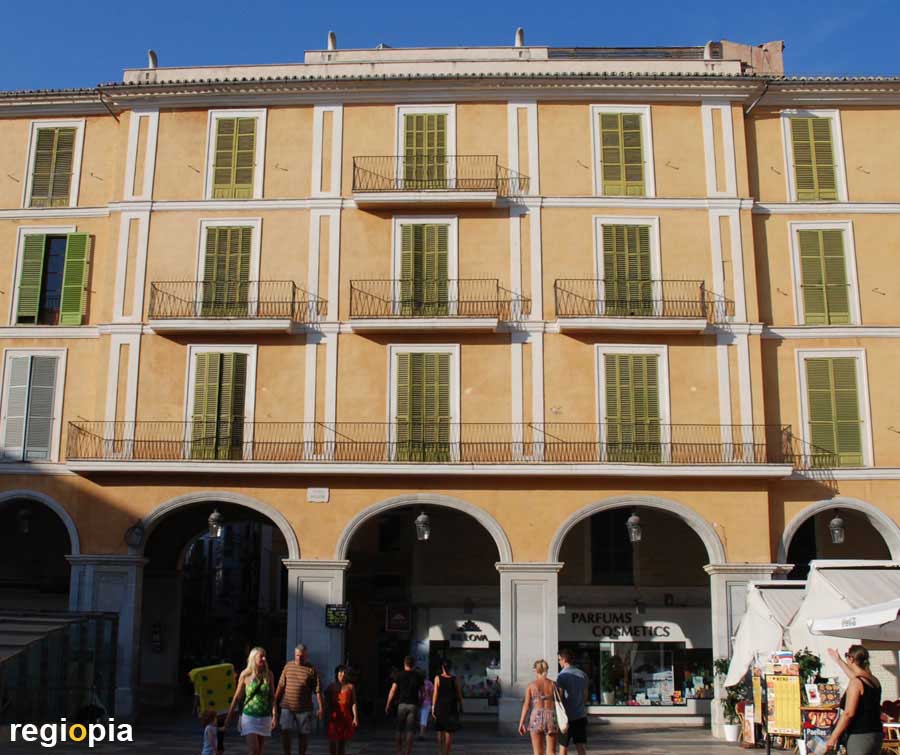
Plaça Major
The "Plaça Major" of Palma is similar to other Spanish cities, a large rectangular square in the center with a uniform facade design. Those who like artisan markets and street artists in "funny" costumes are at the right spot. But there are also cafes and restaurants anlong the beautiful square.
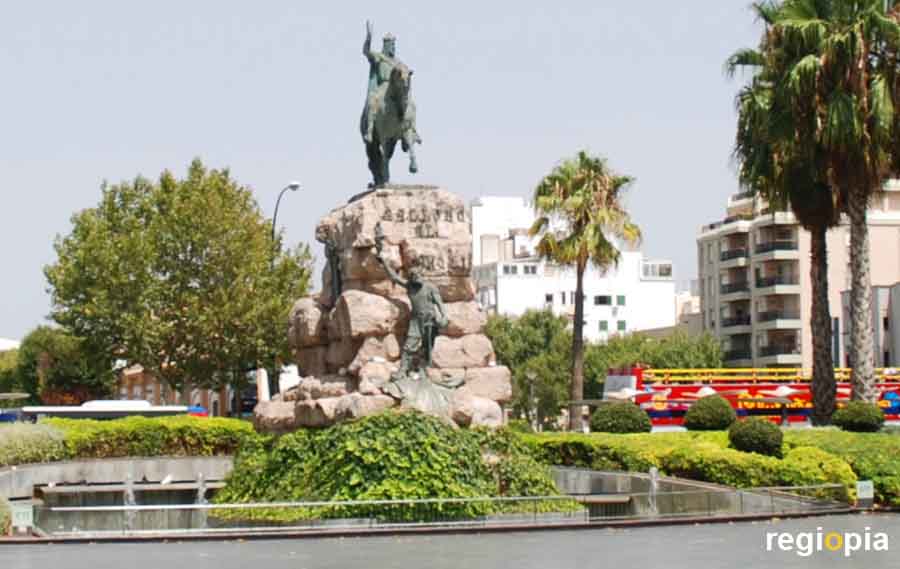
Plaça d'Espanya
The Plaça d'Espanya is the center of Palma, here is the starting point of all the distance measurements of the island and the train station. In the middle of the square stands the equestrian statue of Jaume I, the Conquistador, who expelled the Muslims from the island in 1229.
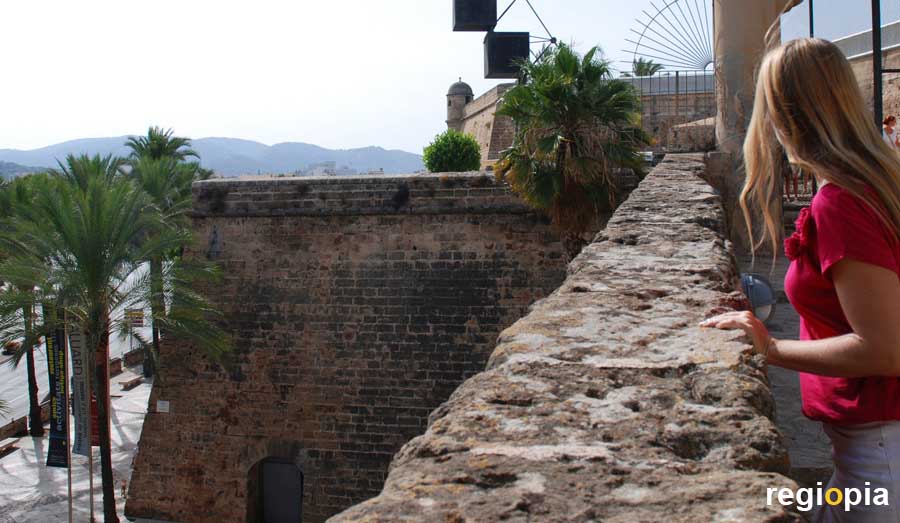
Bastio de Sant Pere
The fortress Sant Pere is one of the 13 bastions of the city walls of Palma, built around 1575. In 1952, the military withdrew and the fortress was partially demolished. Today the Museum of Modern Art Es Baluard is located in the fortress.
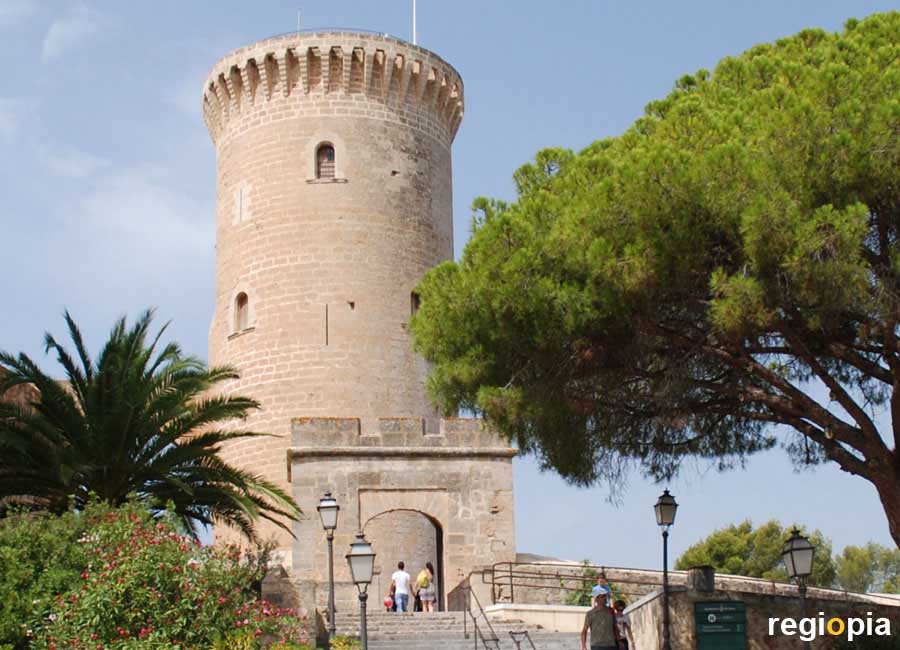
Castillo Bellver
King James II of Mallorca built the castle as his Royale residence in 1300. The circular castle with a beautiful courtyard, is located on a 112 m high hill above the harbour of Palma. The panoramic view of the bay is worth the climb.
castelldebellver.palmademallorca.es
Map city center Palma
ads
Travel Guide Palma
Welcome to Palma
Palma is the capital of the Balearic Islands with around 400,000 inhabitants. The city has a beautiful medieval old town with lively streets and squares. The main attraction of Palma is the mighty cathedral. The view from the Castillo Belver is also highly recommended.
ads
ads



